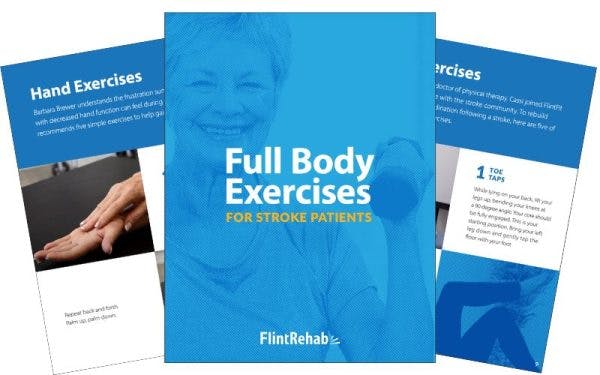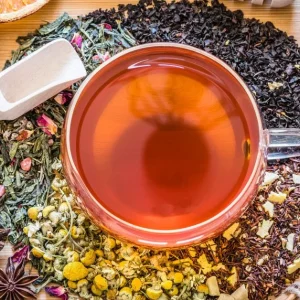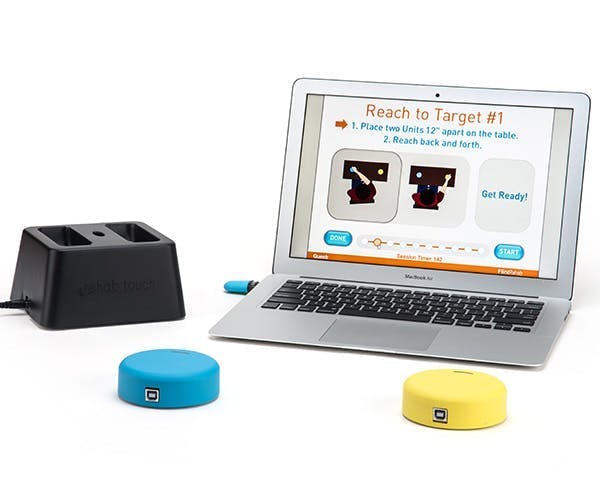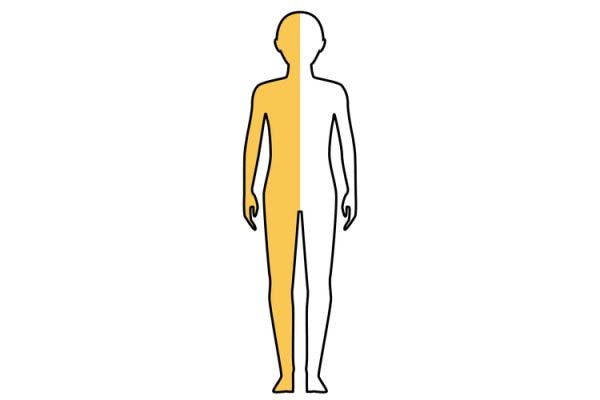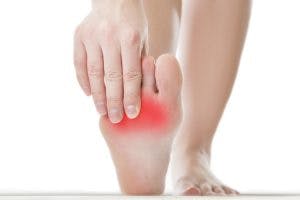Recovering from a stroke requires more than just medication and physical therapy. It also involves making meaningful lifestyle changes, especially when it comes to your diet. And while some foods can support brain health and overall recovery, others can sabotage your progress. That makes knowing what foods to avoid after a stroke just as important as knowing which foods support stroke recovery.
In this guide, we’ll help you better understand what foods to avoid after stroke and why you should avoid them. This will help you make smarter nutritional choices as you continue your recovery journey.
Let’s dive in!
Why Diet Matters After a Stroke
After a stroke, your body is in a vulnerable state. The brain may be healing from damage, and your cardiovascular system is still in a fragile state. This makes a healthy diet and eating the right foods an important part of setting your body up for recovery.
Diets designed to boost brain and heart health can reduce high blood pressure, lower cholesterol, and fight inflammation, all of which are risk factors that can contribute to a second stroke. Some of the recommended diets after a stroke may include the Mediterranean Diet and the D.A.S.H. diet.
However, just as there are foods that set you up for recovery, there are plenty of others that may do more harm than good. And avoiding these foods after a stroke can help improve outcomes while supporting your long term health.
So without further ado, let’s take a look at the top 10 foods to avoid after a stroke.
1. Processed Meats
Examples: Bacon, sausage, ham, hot dogs, deli meats
Processed meats are often high in saturated fats, sodium, and preservatives like nitrates. This combination increases the risk of hypertension and hardening of the arteries – two major contributors to stroke. One study also found that eating processed meats could increase the risk of stroke by 17%.
Why to Avoid:
- High sodium can raise blood pressure.
- Nitrates and nitrites may damage blood vessels.
- Saturated fat contributes to plaque buildup in arteries.
Alternative: Choose lean, unprocessed meats like skinless chicken, turkey, or plant-based protein sources such as lentils or beans.
2. Foods High in Saturated and Trans Fats
Examples: Butter, lard, cream-based sauces, fried fast food, margarine with hydrogenated oils
Fats are essential for the body. In fact, the brain is made up of about 60% fat, and sleeves of fatty tissue called the myelin sheath provide a protective coating for nerve fibers within and outside of the brain. However, not all fats are created equal. Saturated and trans fats are known to raise LDL (bad) cholesterol levels and contribute to the formation of arterial plaque.
Why to Avoid:
- Increases LDL cholesterol and decreases HDL (good cholesterol)
- Promotes inflammation
- Can impair blood flow to the brain
Alternative: Focus on heart-healthy unsaturated fats such as those found in avocados, olive oil, nuts, and fatty fish like salmon.
3. Salty Snacks and High-Sodium Foods
Examples: Potato chips, canned soups, frozen meals, pickles, instant noodles
Excessive sodium is strongly linked to high blood pressure, a leading cause of both ischemic and hemorrhagic strokes. Many processed snacks and convenience foods contain far more salt than you might expect.
Why to Avoid:
- Sodium can cause fluid retention and raise blood pressure.
- Many packaged foods contain hidden sources of salt.
- Salt can be addictive, making moderation difficult.
Alternative: Opt for unsalted or lightly salted nuts, low-sodium canned products, and homemade meals with herbs and spices instead of salt.
4. Sugary Foods and Beverages
Examples: Soda, candy, baked goods, sweetened cereals, flavored yogurt
Foods with high sugar content may not seem like obvious stroke risks, but they can lead to obesity, insulin resistance, and type 2 diabetes—all of which are stroke risk factors.
Why to Avoid:
- Sugar contributes to weight gain and metabolic syndrome.
- High glycemic foods can cause spikes in blood sugar.
- Added sugars are often hidden in packaged foods.
Alternative: Choose fresh fruit, plain Greek yogurt with fruit, or whole grain cereals with minimal added sugar.
5. Refined Carbohydrates
Examples: White bread, white rice, pastries, instant mashed potatoes
Refined carbs are stripped of fiber and nutrients during processing, which means they are digested quickly and can cause blood sugar levels to spike. They also offer little nutritional value.
Why to Avoid:
- Can cause insulin resistance and increase diabetes risk
- May lead to weight gain and cardiovascular strain
- Lacks the fiber needed for blood sugar control
Alternative: Whole grains like brown rice, quinoa, oats, and whole wheat bread provide steady energy and more nutrients.
6. Alcohol (Excessive Consumption)
While some studies suggest that moderate alcohol consumption may have a protective cardiovascular effect, the risks often outweigh the benefits—especially after a stroke. Excessive alcohol can interfere with medications, raise blood pressure, and increase the likelihood of another stroke.
Why to Avoid:
- Alcohol thins the blood and may increase hemorrhagic stroke risk
- Impairs motor coordination and judgment
- Can interfere with rehabilitation and cognitive recovery
If you choose to drink, limit it to no more than one drink per day for women and two for men, and that’s only after discussing it with your doctor.
7. Foods Containing Artificial Additives
Examples: Artificial sweeteners, food dyes, flavor enhancers (e.g., MSG), preservatives
These ingredients may not have immediate, obvious effects, but over time, consuming heavily processed foods with artificial additives can disrupt metabolism and may influence brain health.
Why to Avoid:
- Some additives are linked to increased inflammation
- May contribute to hyperactivity, brain fog, or fatigue
- Often found in highly processed, nutritionally poor foods
Alternative: Stick to minimally processed foods and read ingredient labels carefully. Whole, unprocessed foods are your safest bet.
8. Red Meat (in Excess)
Examples: Beef, lamb, pork
While not inherently harmful in small quantities, consuming large amounts of red meat is associated with higher cholesterol levels and inflammation. Frequent consumption is linked to an increased risk of heart disease and stroke.
Why to Avoid:
- Red meat is high in saturated fat
- May increase blood pressure and cholesterol
- Can be replaced with more heart-friendly proteins
Alternative: Eat red meat occasionally, and favor lean cuts. Incorporate plant proteins, poultry, and fish for everyday meals.
9. Full-Fat Dairy Products
Examples: Whole milk, cheese, ice cream, cream-based dressings
Full-fat dairy can be a hidden source of saturated fat, and while calcium is important, the fat content in these items may offset the benefits, especially if consumed frequently. Studies have shown that while low-fat dairy products may actually reduce the risk of stroke when eaten in moderation, high-fat milk intake can increase stroke risk.
Why to Avoid:
- Saturated fats raise cholesterol levels
- Some dairy products are high in sodium
- Excess can contribute to weight gain
Alternative: Choose low-fat or fat-free dairy options. Unsweetened almond, oat, or soy milk can also be good substitutes.
10. Fried Foods
Examples: Fried chicken, onion rings, donuts, French fries
Frying food not only increases its fat content but often involves unhealthy oils that are reused repeatedly, leading to oxidation and the formation of harmful compounds.
Why to Avoid:
- High in calories, unhealthy fats, and acrylamide (a potential carcinogen)
- Can elevate LDL cholesterol and blood pressure
- Interferes with vascular health
Alternative: Bake, grill, or air-fry instead. These methods reduce oil content while still allowing flavor and texture.
How To Make Diet Changes Stick After a Stroke
Shifting your eating habits after a stroke doesn’t mean you have to follow a strict or joyless diet. Instead, the goal is to make long-term, sustainable changes that support your recovery and lower the chance of a second stroke.
Tips for Success:
- Cook at home more often to control ingredients.
- Read nutrition labels and watch for hidden sodium, saturated fats, and sugars.
- Focus on whole foods like vegetables, fruits, whole grains, and lean proteins.
- Try plant-based proteins like legumes to reduce red and processed meat intake.
- Use herbs and spices to add flavor without added salt or fat.
- Plan meals ahead to avoid relying on convenience foods.
Small, gradual changes can make a big difference. Even swapping out just one or two items a day can begin to improve your overall health and reduce stroke risk factors.
Diets That Support Stroke Recovery
If you’re unsure where to start, evidence-based diets such as the Mediterranean diet or DASH (Dietary Approaches to Stop Hypertension) are both recommended by experts for stroke survivors.
These diets emphasize:
- Fruits and vegetables
- Whole grains
- Lean proteins like fish and legumes
- Healthy fats (e.g., olive oil, nuts)
- Low sodium intake
- Minimal added sugars and processed foods
The good thing about these diets? They’re not restrictive, but rather they emphasize balance and quality food which makes them easier to stick to over the long term.
Check out these links to learn more about foods that help stroke recovery and which diets are best for stroke prevention.
When to Talk to a Dietitian
If dietary changes feel overwhelming or you have additional health concerns like dysphagia, diabetes, high blood pressure, or kidney disease, a registered dietitian can help. They can tailor a meal plan based on your personal needs, medications, and recovery goals.
Working with a dietitian is especially helpful for:
- Managing multiple dietary restrictions
- Identifying food triggers for blood pressure or glucose spikes
- Planning meals around medications
- Creating realistic strategies that support long-term health
Some health insurance plans will even cover a consultation with a dietitian so this is definitely something you want to look into.
Final Thoughts on Foods to Avoid After a Stroke
Avoiding certain foods after a stroke isn’t about being overly restrictive—it’s about making choices that support healing and prevent another stroke. The foods listed here are linked to known stroke risk factors like high blood pressure, cholesterol, obesity, and inflammation.
By minimizing them in your diet and choosing healthier alternatives, you’re giving your brain and body the best chance at a stronger recovery.
With time, these changes can become second nature. And with each smart food choice, you take another step toward regaining control over your health.

